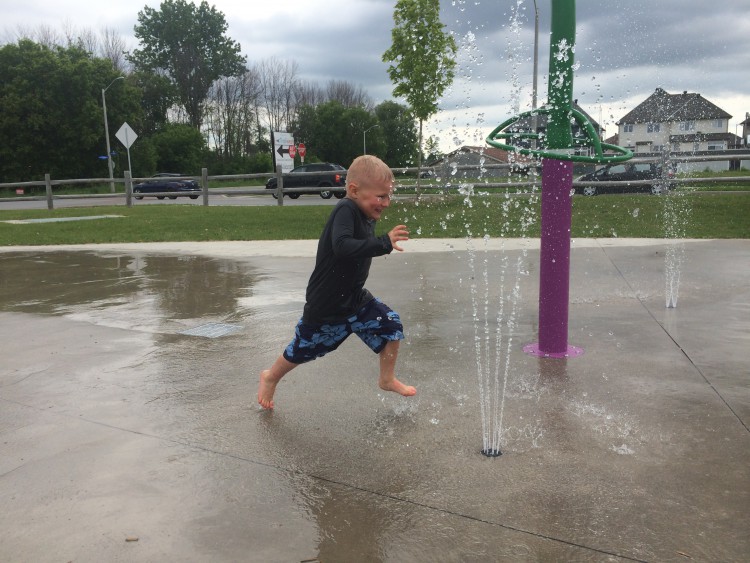In 2013, one in five kids aged 12-17 reported a height and weight which classified them as either overweight or obese, according to a survey conducted by Statistics Canada.
Obviously there’s no single factor to blame for the astonishing rise in childhood obesity over the last 10 years: the rise of the technological age, poor knowledge/habits around food, and what we’re going to talk about today, confusion over just exactly how much exercise is required to create healthy, vibrant, energetic kids.
The reason I know that physical exercise (or lack thereof) is a big part of the problem is because according to a 2012 report, only 7% of Canadian children and youth are getting enough physical exercise.
Kids are made to move. A lot. The daily movement requirements for kids far exceed the amount of time allocated to them at lunch and recess during the day. The same 2012 report found that 46% of kids aged 6-11 get 3 hours or less of active play per week, including weekends.
Physical education classes are a great start, however they do not come close to meeting your child’s daily movement requirements. And the benefits of meeting those requirements don’t just stop at helping to maintain healthy weight. Regular, vigorous exercise stimulates growth, helps build stronger muscles, maintains healthy joints, and most importantly, is REQUIRED for optimal healthy neural development.
Regular physical activity outside of gym class has also been found to improve academic performance.
To demonstrate this point, a study conducted by the American College of Sports Medicine found that students who took part in before and after school sports programs performed better in school when it came to attention, concentration and academic tasks.
So what should your kids be doing? Is all exercise good for kids? Should they avoid certain types of exercise until they’re older?
Discover the framework to put together the perfect exercise program (no matter what your age) at our next Move By Design Seminar.
Click HERE to register.
 Dr. David Hawkes is a wellness expert and martial arts enthusiast. Born and raised in Perth, Western Australia, Dr Hawkes’ passion for health and wellness has led him here to Kanata, literally halfway around the world. After graduating from Murdoch University, Dr. Hawkes ran a successful practice in Perth’s western suburbs before moving to Ottawa. Dr. Hawkes has a special interest in family wellness, as well as Peak Performance. He is passionate about helping individuals and families lead their extraordinary lives.
Dr. David Hawkes is a wellness expert and martial arts enthusiast. Born and raised in Perth, Western Australia, Dr Hawkes’ passion for health and wellness has led him here to Kanata, literally halfway around the world. After graduating from Murdoch University, Dr. Hawkes ran a successful practice in Perth’s western suburbs before moving to Ottawa. Dr. Hawkes has a special interest in family wellness, as well as Peak Performance. He is passionate about helping individuals and families lead their extraordinary lives.
